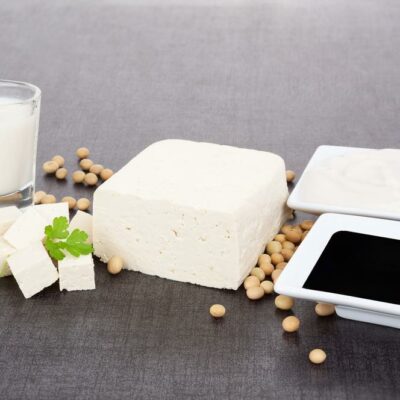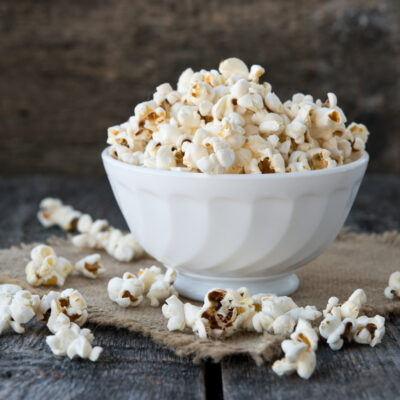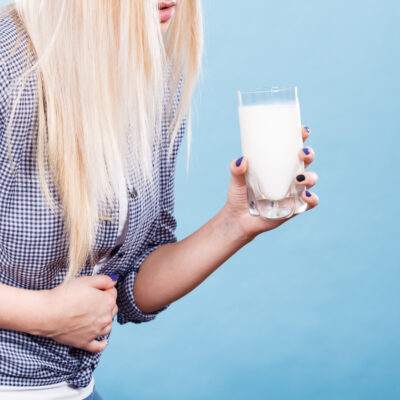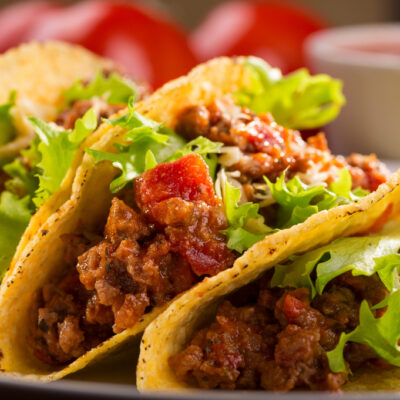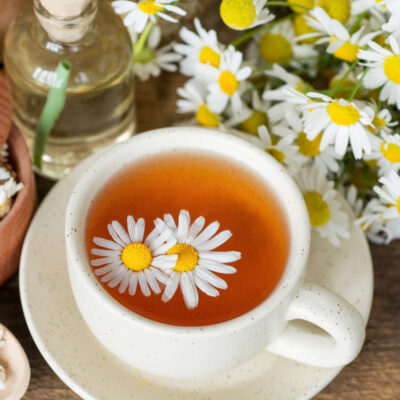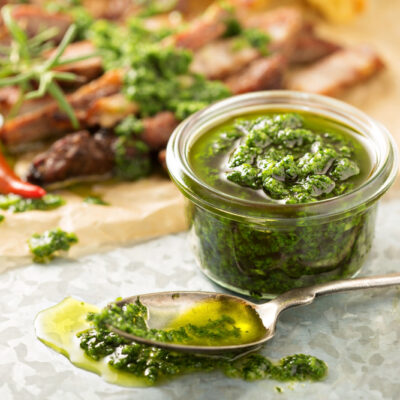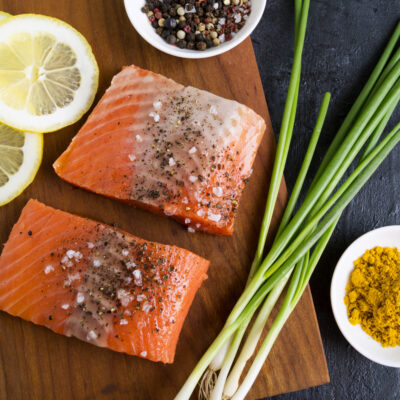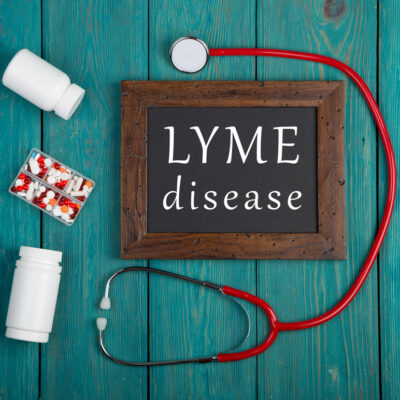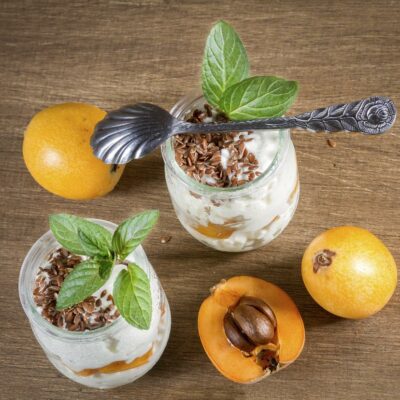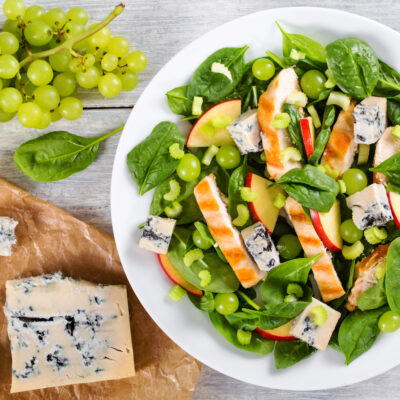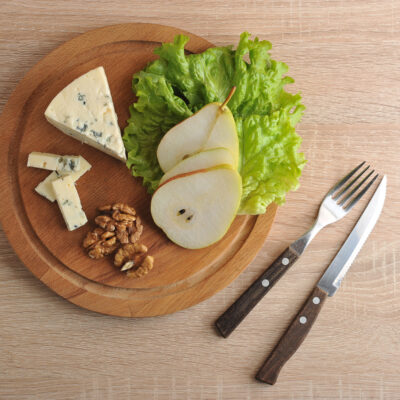
Nutrition
Snacks for Managing Eczema
Anyone who suffers from eczema will tell you it isn’t a pleasant condition to deal with. Between the dry skin, red splotches and flaky painful areas, relief is something people want as quick as possible. Many people turn to prescribed medication to treat eczema symptoms, but that’s just it. You are only relieving the symptoms. By changing what you eat, you can get to the root of the problem and stop the breakouts from occurring. Here is a list of snack ideas that can help manage your eczema symptoms: 1. Quercetin Is not only an antioxidant but also an antihistamine. It helps to reduce inflammation and can help with eczema. Some of these flavonoids included: apples, blueberries, cherries, spinach, and kale. 2. Oats Oats are known for being strong in fiber, but they are also rich in Vitamin E, zinc and silica, which all contribute to strong skin. 3. Pears Pears are a delicious fruit that is also high in insoluble fiber which in turn helps treat inflammatory diseases. 4. Probiotic-rich foods This is another great category that can address your eczema. Probiotics promote gut health and naturally help the body with toxins and chemical elimination. Some ideas are yogurt, kombucha, and tempeh.
Read More 